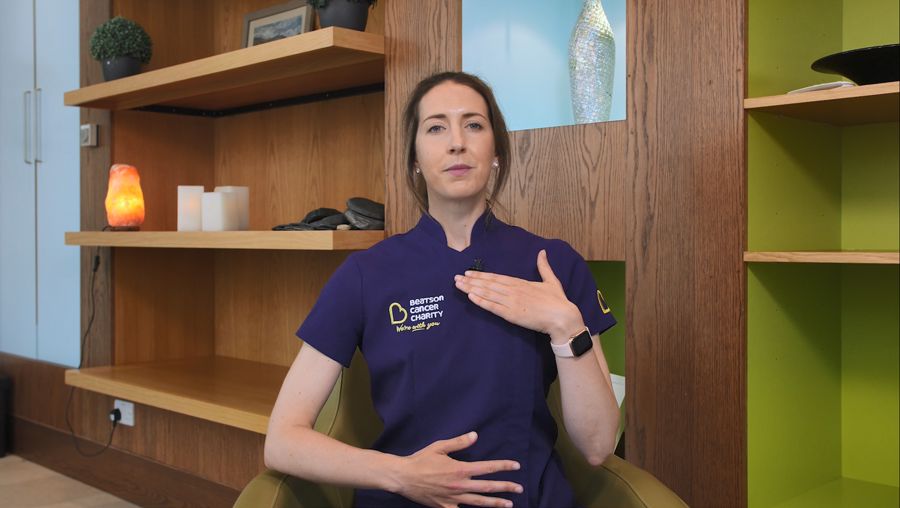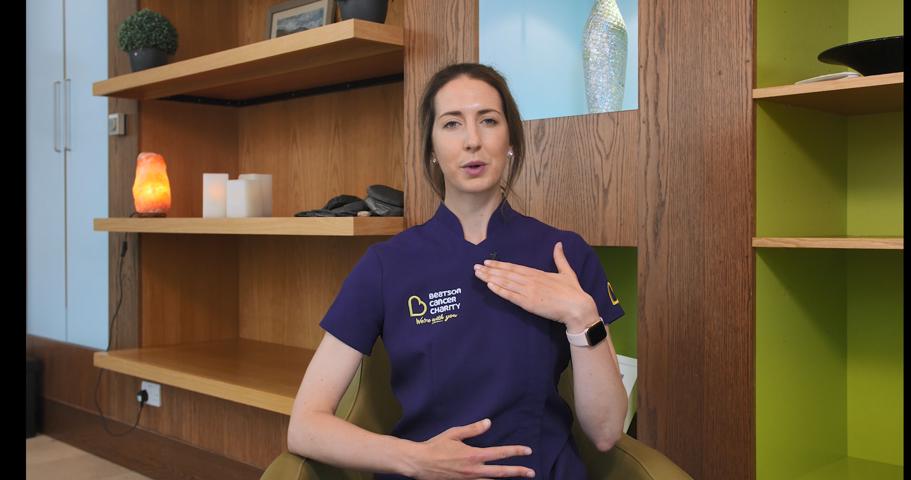There are many reasons why people become breathless, from a worrying thought, being overweight to a long-term lung condition. Anxiety can bring on breathlessness which in turn can cause symptoms like heart palpitations, feeling sick & dizziness. These symptoms are usually a result of shallow breathing.
Thankfully there are breathing techniques to help you bring these under control. Being breathless can be very stressful for those who suffer from it and in some cases, this can be trigger panic and anxiety attacks.
Deep breathing is a form of meditation that can reduce anxiety, sharpen memory, treat symptoms of depression, promote more restful sleep, and even improve heart health.
There are many forms of meditation that encourage different breathing techniques.
Diaphragmatic Breathing
A helpful technique that can be used anywhere to help combat stress is called Diaphragmatic Breathing and it is a skill that anyone can learn. Ideally, you should practice up to 3 times a day when you are relaxed and not out of breath and try to breathe at a steady pace.
Diaphragmatic Breathing is also referred to as belly breathing or abdominal breathing, it helps to strengthen your diaphragm which is a muscle that helps you breathe.
Diaphragmatic Breathing is the basis for many relaxation, meditation and mindfulness exercises and can have a positive effect on the body and mind in many ways. This practice can help you relax which in turn reduces the level of cortisol in your body. Cortisol is the stress hormone and too much of it can have a negative effect on our body systems.

Benefits of Diaphragmatic Breathing
You can lower your heart rate and blood pressure by moving your mind away from the emotional side of your brain. The emotional side of your brain allows stress/panic/worry to manifest however by bringing our focus to the breath in a controlled manner we move over to the logical side of the brain. By controlling your breathing, you use less energy so learning to breathe in this manner helps to preserve vital energy which can be helpful for when you are unwell or feeling rundown.
You can experience a reduction in stress levels and the stress hormone. We all live fast-paced and stressful lives, whether this is daily stress like struggling to find a parking space at work in the morning or life-changing stress like going through a serious illness. When we allow our stress levels to continue to rise over a long period of time, we move into a zone referred to as chronic stress. Often for people experiencing chronic stress, it can be a small stressor that can eventually cause the feeling of being overwhelmed. This can lead to feelings of helplessness and depression.
If we pay attention to our bodies and minds, looking out for the early warning signs that stress is building, we can prevent it from becoming unmanageable and destructive. That is why Diaphragmatic Breathing is an excellent tool to have in your stress reliving tool kit and can play a fundamental part in helping to bring control back into our stressful lives.
You can watch our Diaphragmatic Breathing Exercise with Claire from our Wellbeing Team below or follow the steps below.

Video
Diaphragmatic Breathing Exercise
Get into a comfortable position either sitting supported or standing. Relax your shoulders.
Place one hand on your stomach & the other on your chest.
Close your eyes and focus on your breath.
Slowly breathe in through your nose ( as if you are smelling roses) and feel your stomach expand, pushing out against your hand, keeping your shoulders relaxed. The hand on your chest shouldn’t rise with your inhale.
With pursed lips ( like you’re whistling) slowly breathe out through your mouth. Feel your stomach relax as the air empties out of your lungs.
Try to breathe slowly and smoothly.
Continue to breathe this way for 5-10 mins.
Feeling your body relaxing more with each breath.
With all relaxation, meditation and mindfulness exercise the key is to practice the more you practice the easier it becomes to fit into your daily life resulting in a happier healthier you.
Thank you and "we’re with you".
Remember to contact a health care professional if you are concerned at all about your breathing.
You can also watch our video series on breathing techniques and mindfulness now within our Wellbeing Resources here.




 Donate
Donate